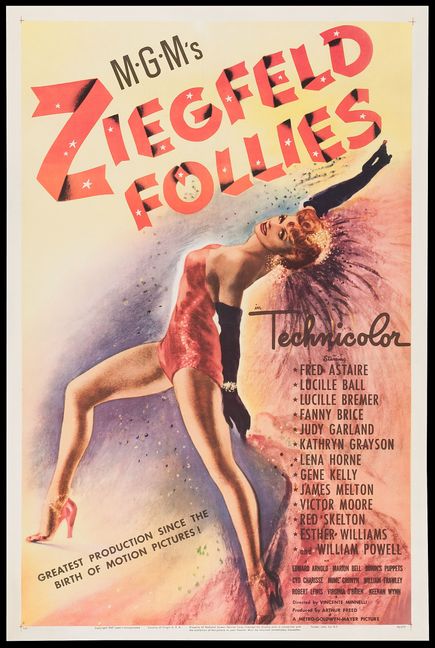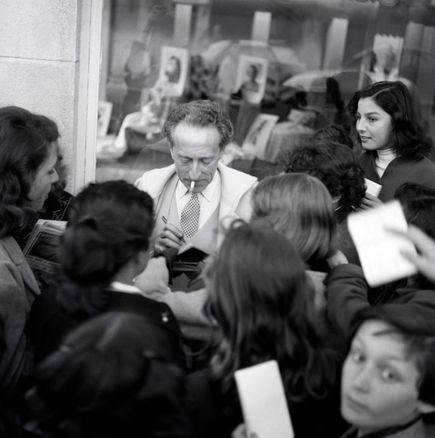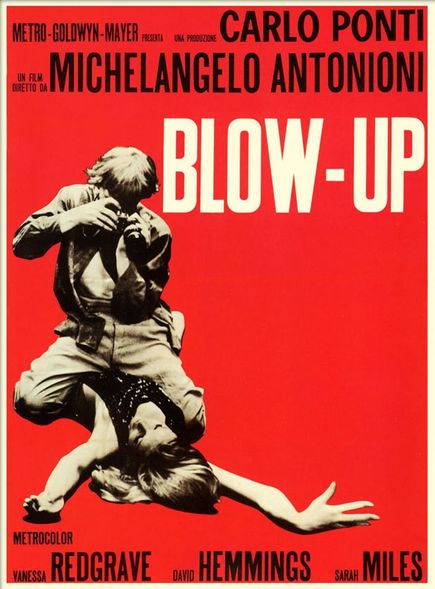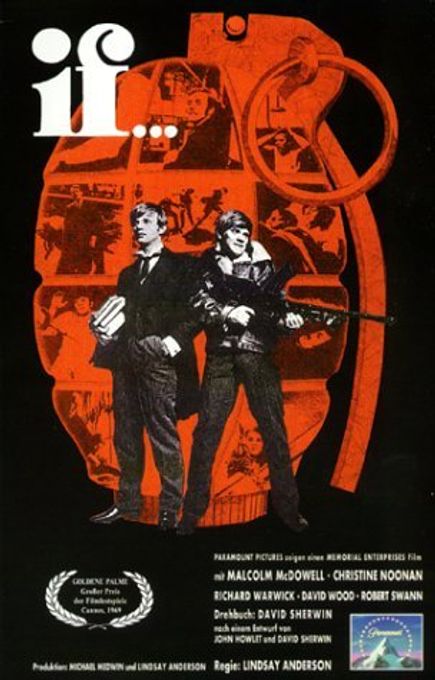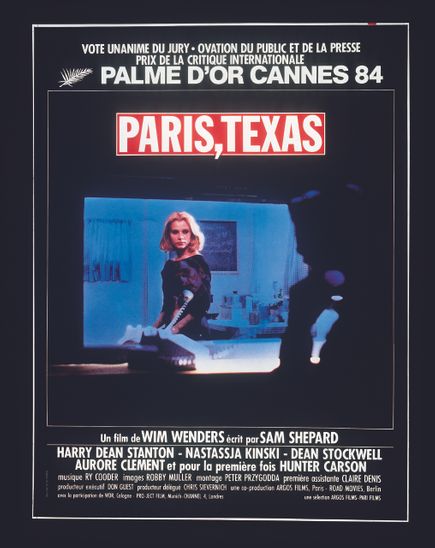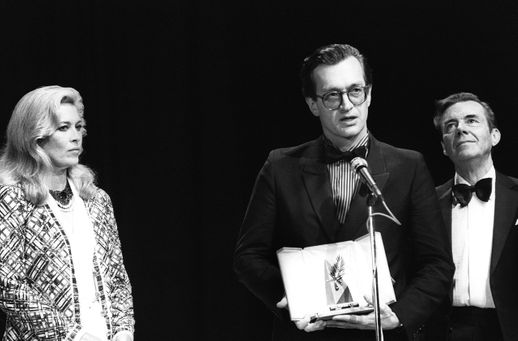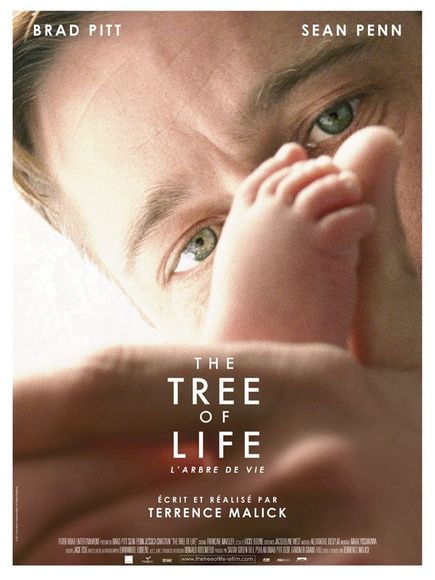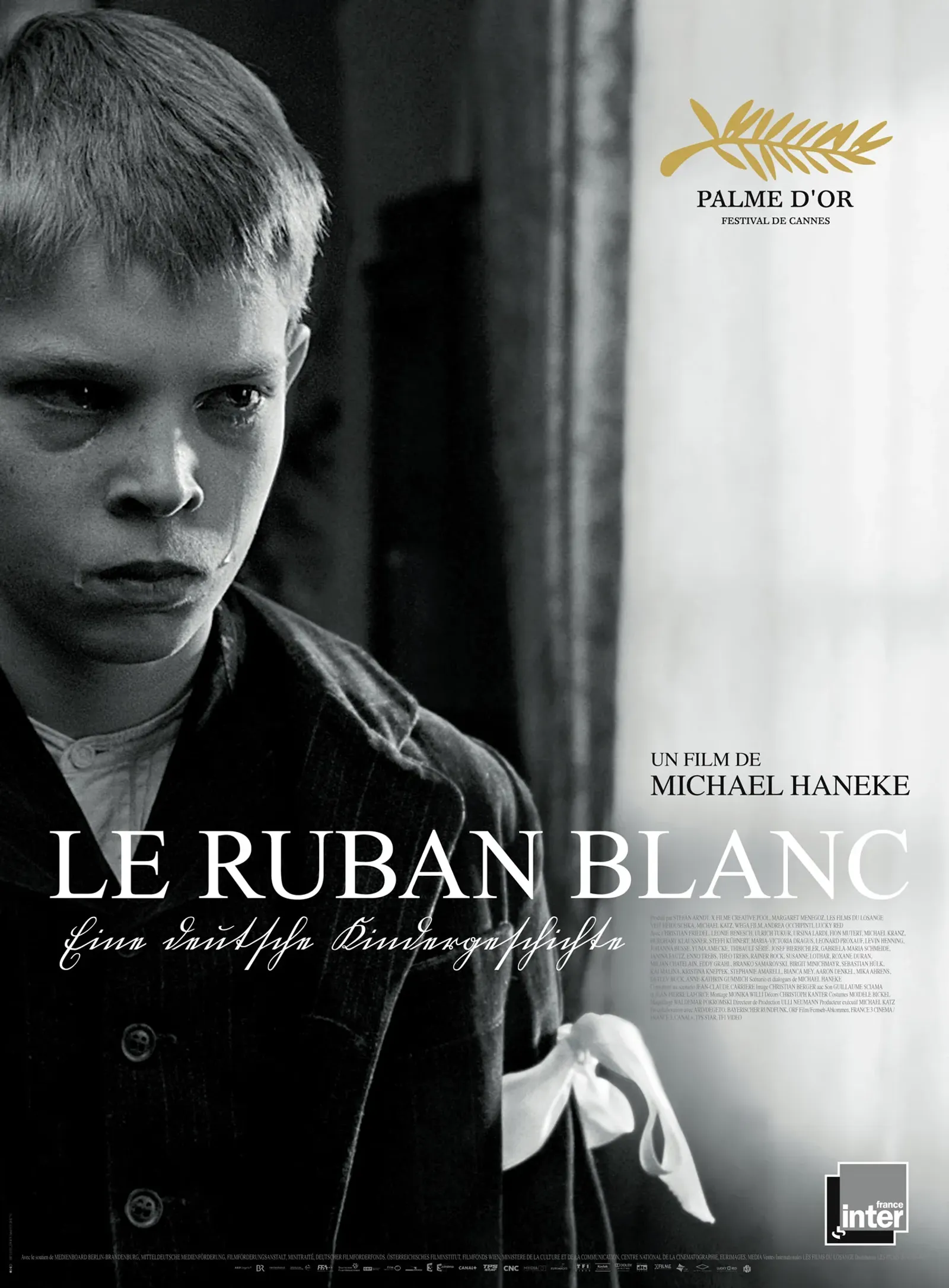Colour in filmmaking is almost as old as cinema itself! As early as 1895, the short film Annabelle Serpentine Dance was already coloured by hand. In 1917, a revolutionary procedure known as Technicolor would shake up the world of cinema. The Wizard of Oz, Gone with the Wind, The Adventures of Robin Hood and Snow White and the Seven Dwarfs were among the box-office hits that made use of this process in the 30s and 40s. With three-strip Technicolor, it became possible to capture three colours on three different film strips, then to superimpose them on a single strip to add the colours.
Screened during the second edition of the Festival in 1947, Vincente Minnelli’s Ziegfeld Follies made use of this type of colourisation. Winner of the Grand Prix – Comédies Musicales, the film is about Florenz Ziegfeld, a famous Broadway producer, dreaming of staging a new revue. For lovers of musicals, it was the only occasion to see Fred Astaire and Gene Kelly together on the big screen.
Introduced in the 50s, Eastmancolor would gradually take over from Technicolor. Easier to use and less expensive, this process uses a single multi-layer film: each strip of film is sensitive to a different primary colour. Jigoku-Mon (Gate of Hell), from the Japanese director Teinosuke Kinugasa, is the first award-winning film at Cannes to have used this process. For Jean Cocteau, president of the 1954 Jury, the film had “the most beautiful colours in the world”.
